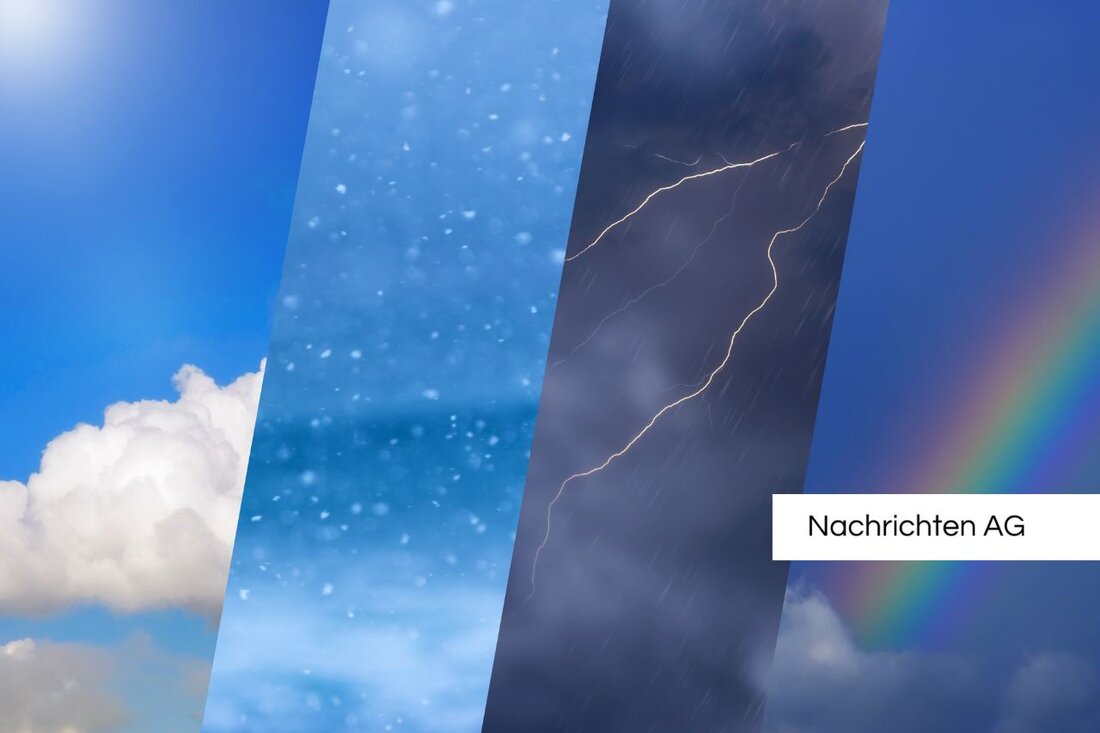General decree: Taking water from the Spree is prohibited from June 19th!
From June 19, 2025, the Spree-Neiße districts will impose restrictions on water withdrawal from the Spree due to low water levels.

General decree: Taking water from the Spree is prohibited from June 19th!
The situation on the Spree is getting worse! From June 19, 2025, residents and owners in the affected areas of the Spree-Neiße district must observe an important measure. The district issues a general decree that affects water withdrawal from the Spree. Given the ongoing decline in water levels, particularly at the Leibsch gauge, this is a necessary response to the ongoing drought and rising temperatures, which result in little rainfall. [Niederlausitz Aktuell]. unless a corresponding water permit is available.
The affected cities and communities include Spremberg, Drebkau, Kolkwitz, Neuhausen/Spree, Wiesengrund, Felixsee and all communities in the Peitz and Burg (Spreewald) districts. This regulation remains in effect until revoked and is also published in the official gazette and on the district's website.
Background and measures
But what is behind this drastic decision? Experts emphasize that the combination of excellent weather and too little rainfall has had a major impact on the water level in the Spree. According to a report by Radio Lausitz, this drought has already led to low water levels, which is causing concern among residents. The first measures have already been taken to counteract this. This includes increasing water releases from Saxon reservoirs and the Spremberg dam as well as reducing discharges from the Spree itself.
The main aim of this general decree is to preserve the aquatic ecological functions. This is necessary to protect regional water resources. Without these restrictions, the condition of the flora and fauna in the waters could deteriorate further, as has already been observed. This aspect is often addressed by the authorities, who point out the need to develop appropriate adaptation strategies.
Climate change and its effects
Another important factor that should not be ignored is climate change, which is constantly changing the environmental conditions in the waters. As experts from the Bavarian State Institute for the Environment report, cold-loving species can decline, while heat-loving species are favored and spread. These changes not only have an impact on biodiversity, but also on the quality of the water itself. The increase in aquatic plants and the threat of neobiota also pose a challenge.
Parts of fish particularly suffer from rising temperatures, which can lead to stress and increase their susceptibility to disease. One should not forget the human influences, such as water withdrawals and discharges from sewage treatment plants, which put additional strain on water bodies.The communities in these waters may be facing a fundamental change that will not only impact the natural landscape, but also the living conditions of local residents.

 Suche
Suche
 Mein Konto
Mein Konto